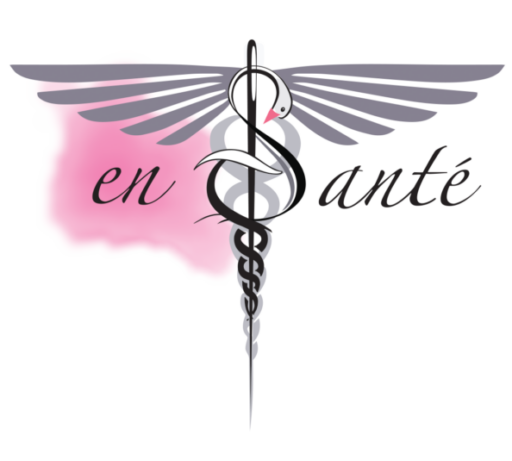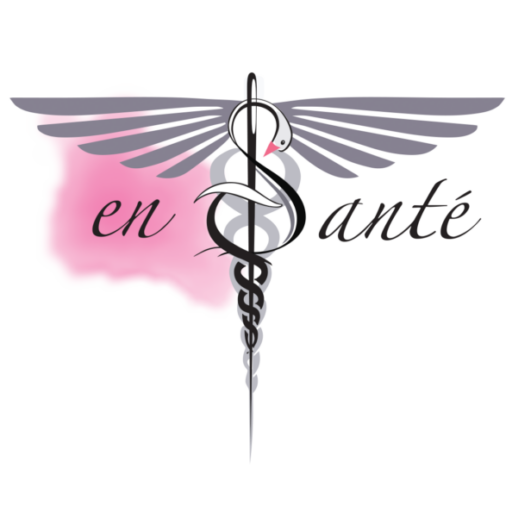
The CoronaVirus-What we have learn so far.
By now, most people in the world have heard of the Corona Virus. Information about the virus has been changing rapidly, making it difficult sometimes to decipher and take reasonable actions to stay healthy. So far, here is what we know to be true about the Corona Virus.
These are the Corona viruses to recently infect humans are also the rarest and are the cause of the following illnesses in humans. Mers-CoV (Middle East Respiratory Syndrome), SARS-CoV (Severe Acute Respiratory Syndrome) and SARS-CoV-2 (Covid 19 syndrome). Bats do harbor Corona Viruses of which there are 4 subtypes.
There is a lab in Wuhan China, that has been studying the Corona Virus however, there is no concrete evidence that the lab was the source of the spread of SARS CoV-2. The virus spreads through droplets expelled when talking, coughing and sneezing. Droplets containing the virus are at their highest density when you are within 3 feet of an infected person.
An infected person may not show any symptoms of infection and typically will spread the infection to 2 other people if they are out and about and unaware they are infected. Isolation, frequent hand washing with soap, using hand sanitizers and wearing a face covering (masks) are good ways to reduce the chances of spreading the virus.
Reducing stress by being mindful of your stress levels is important during this time as stress reduces your body’s ability to fight infections. There is substantial evidence that stress causes immunosuppression. Eating foods high in vitamin C, antioxidants and Zinc can strengthen your body and make you better equipped for fight viruses and other infections in general.
The expected timeline for potential vaccination on a mass scale is about 18 months and there are many companies working towards making an effective vaccine sooner. Different States are at different stages of quarantine, and phased reopening and access to testing is not universal across the United States. For information on Corona Virus updates, testing and potential treatments, look to the Centers for Disease Control website, your local health department, hospital or contact your primary care doctor’s office.
Links for helpful resources for updates on Corona Virus,
Center for Disease Control and Prevention
https://www.cdc.gov/coronavirus/2019-ncov/index.html
WebMD
https://www.webmd.com/lung/coronavirus-strains#1
Testing.com
https://www.testing.com/how-can-you-get-tested-for-coronavirus/
Virginia Health Department
https://www.vdh.virginia.gov/coronavirus/
Maryland Department of Health



